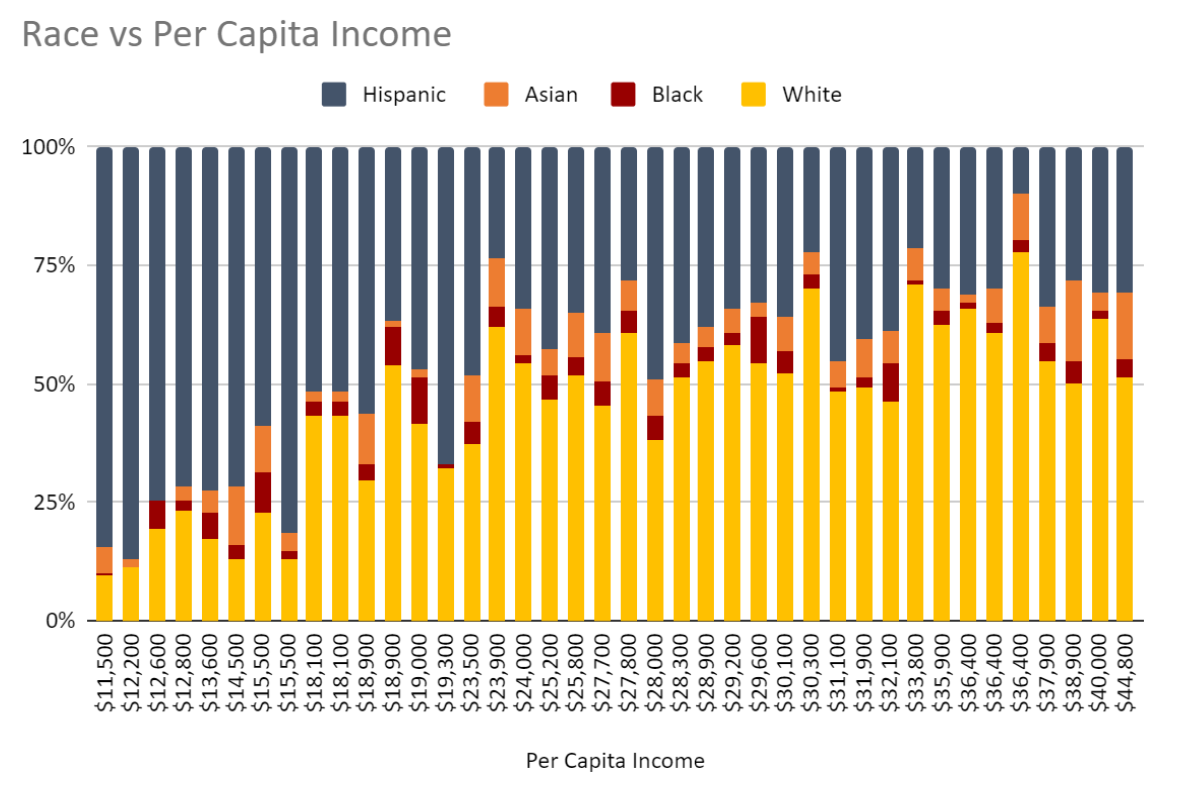A Statistical Analysis on Park Relationships with Socioeconomic Factors in the City of Modesto
DOI:
https://doi.org/10.58445/rars.45Abstract
Parks serve as a safe place for people from all walks of life to spend time recreationally. Parks are a good thing to have in cities, but many studies have found that lower-income groups and minorities are at a disadvantage when it comes to access, equity, and quality of parks. This study focuses on socioeconomic conditions and how they correlate with data from other parks to find patterns between groups of census tracts in Modesto. The main independent variables in this study are location, per capita income, population, and racial data. These are compared to amenities, number of parks, and park access to reveal patterns about them. The data was collected through existing sources, such as the Healthy Places Index and the City of Modesto’s park database. This study will explore the discrepancy in race and socioeconomic data in relation to park amenities, number of parks, and park access in four regions of Modesto. I hypothesize that per capita income and the number of parks, amenities, and access are correlated positively while percent minority groups and the dependent variables are inversely related. However, the study found that park access was relatively equal between all income groups, the number of parks was similar between population and the ratio of amenities per park was also not influenced much by income or race. That said, this study is simply the beginning of a more complex analysis of parks that is sure to come in the future.

Downloads
Posted
Versions
- 2022-12-23 (3)
- 2022-12-23 (2)
- 2022-10-31 (1)
Categories
License
Copyright (c) 2022 Manav Kumar

This work is licensed under a Creative Commons Attribution-NonCommercial-NoDerivatives 4.0 International License.

